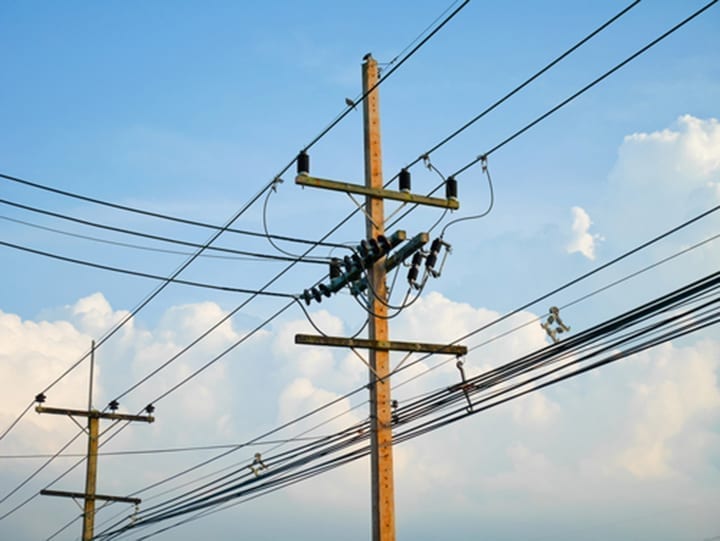Serious Power Transmission Without Wires Is Closer Than You Think
The post Serious Power Transmission Without Wires Is Closer Than You Think appeared first on POWER Magazine.

Most people are aware that wireless charging technology is available today for small electronic devices, such as cell phones and watches, but when it comes to larger-scale power systems, the concept of wireless transmission of electricity probably seems like science fiction. The truth, however, is that systems have been developed and are being tested that could result in kilowatts of power being transmitted over distances of kilometers very soon.
We are looking to have these sort of higher-power, kilowatt-class devices at kilometer-scale distances out for early customer testing and use in the next couple of years," Tom Nugent, co-founder and CTO of PowerLight Technologies, said as a guest on The POWER Podcast.
Unlike most wireless cell phone chargers, which produce a magnetic field that a small coil in the device receives and harvests energy from to charge the battery, PowerLight uses optical power beaming technology, which converts electricity into high-intensity light. PowerLight's system then shapes, directs, and beams the light to a specialized solar cell receiver that converts the light back to direct-current power.
Through the beam, the company says power can travel over long distances, at high altitudes, and in the deep sea-maintaining uptime, from near and far." The innovative beam-shaping design optimizes the energy of the beam at the start, to minimize losses across the transfer medium and maximize power in the end."
This is a way to take energy from somewhere where it's easy to generate or access, whether that's a generator or an electrical outlet, and we convert that electricity into light, and then project it either through the air or through optical fibers to some remote location where it may be very difficult to get power to," Nugent said. What this really is, is a wireless extension cord."
PowerLight has already conducted demonstrations in which it delivered as much as a kilowatt of continual power. One of the advantages of using near-infrared light, as we do, is that it allows you to go very long distances-kilometers or even more," said Nugent. In fact, the company has delivered power over distances of one kilometer in demonstrations.
Currently, PowerLight is focused on providing solutions for the telecommunications and construction industries, and for the military. Some of the applications that seem particularly promising include powering communication nodes, security sensors, and drones. However, as the technology evolves, Nugent envisions scenarios where megawatts of power could be delivered over hundreds of kilometers to remote military bases or small islands-places where it would be impractical to run wires.
Nugent said PowerLight is getting very close to releasing some new products to the market. It's something that many people haven't heard of, or don't realize where the technology is, and it's actually much, much closer to reality than a lot of people may have thought," he said.
To hear the full interview, which includes more use cases, some of the challenges and safety considerations, and other details about the technology, listen to The POWER Podcast. Click on the SoundCloud player below to listen in your browser now or use the following links to reach the show page of your favorite podcast platform:
The POWER Podcast 86. Serious Power Transmission without Wires Is Closer Than You ThinkFor more power podcasts, visit The POWER Podcast archives.
-Aaron Larson is POWER's executive editor (@AaronL_Power, @POWERmagazine).
The post Serious Power Transmission Without Wires Is Closer Than You Think appeared first on POWER Magazine.